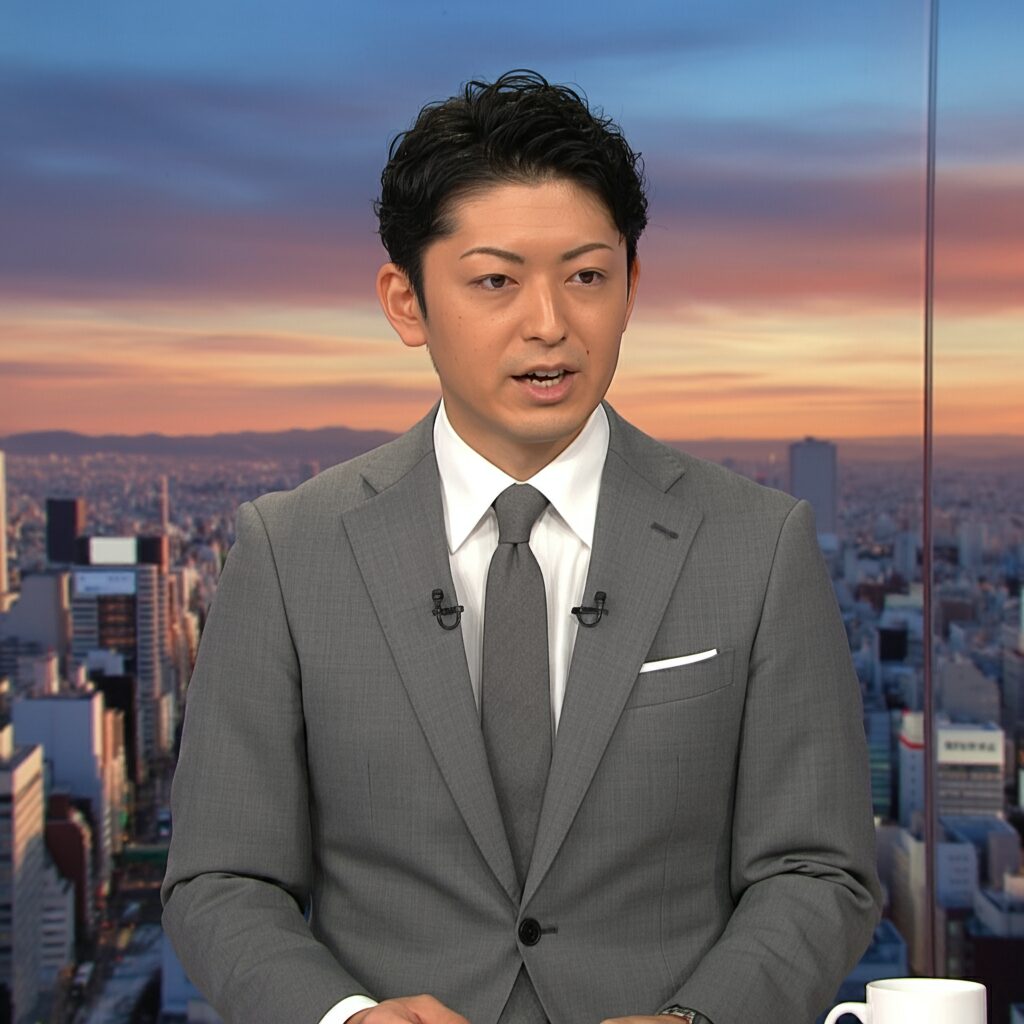
Unlocking Creativity: The New Unmanaged Works Adjudication System in Japan (Starting 2026)
Exciting news for creators, researchers, and anyone who loves to build upon existing cultural heritage! Japan is set to implement a groundbreaking new system, the “Unmanaged Works Adjudication System” (未管理著作物裁定制度), starting in the fiscal year 2026. This system, announced by the National Diet Library’s Current Awareness Portal (カレントアウェアネス・ポータル) on July 3, 2025, promises to make it easier to access and utilize works whose copyright holders are difficult or impossible to identify.
What are “Unmanaged Works”?
Imagine a world where older books, films, music, or photographs exist, but the original creators or their legal successors cannot be found. These are “unmanaged works.” Due to the complexities of copyright law and the passage of time, many valuable cultural assets fall into this category. While these works are still technically under copyright, the inability to locate the copyright holder makes it virtually impossible to obtain permission for their use, reproduction, or distribution. This effectively locks away these cultural treasures, hindering their preservation, study, and creative reuse.
The Problem Before the New System:
Previously, if you wanted to use an unmanaged work – perhaps to digitize an old book for a library, incorporate a piece of vintage music into a documentary, or display a historical photograph online – you faced a significant hurdle. The absence of a copyright holder meant there was no one to grant permission. While there were some provisions for using such works under specific, often stringent, conditions (like obtaining a license from the Copyright Licensing Committee), these processes could be cumbersome, costly, and not always suitable for all types of use.
The Solution: The Unmanaged Works Adjudication System
The new Unmanaged Works Adjudication System is designed to be a more accessible and efficient mechanism to address this challenge. It aims to facilitate the broader use of these dormant cultural assets while still respecting the spirit of copyright protection.
Key Features and Benefits of the New System:
- Facilitating Fair Use and Preservation: The primary goal is to enable individuals and organizations to utilize unmanaged works for legitimate purposes such as academic research, cultural preservation, educational activities, and even creative reuse (e.g., in new artistic works).
- Streamlined Process: While the exact details are still being refined, the system is expected to offer a clearer and more efficient process for obtaining the necessary permissions or licenses to use unmanaged works. This could involve simplified application procedures or clearer guidelines.
- Adjudication Mechanism: The “adjudication” aspect suggests that there will be a body or process responsible for reviewing requests and making decisions on whether and under what conditions unmanaged works can be used. This ensures that uses are appropriate and do not unfairly prejudice potential copyright holders if they were to emerge.
- Balancing Rights and Public Interest: The system seeks to strike a crucial balance between protecting the rights of creators and their successors, and the public interest in accessing and utilizing cultural heritage. It recognizes that in many cases, the inability to find a copyright holder means the work is unlikely to be exploited by its owner, making its use for public benefit a priority.
- Promoting Cultural Revitalization: By making these works more accessible, the system can contribute to the revitalization of Japanese culture. It allows for new generations to discover, learn from, and be inspired by the creative output of the past.
Who Will Benefit from This System?
This new system is set to benefit a wide range of individuals and institutions:
- Libraries and Archives: For digitizing and making their collections accessible.
- Museums: For displaying and utilizing historical materials in exhibitions.
- Researchers and Academics: For accessing and citing older documents and media.
- Educators: For incorporating historical content into teaching materials.
- Filmmakers and Documentarians: For using archival footage and music.
- Artists and Creators: For sampling and remixing older works in new creations.
- The General Public: Who will have greater access to a richer and more diverse cultural landscape.
What to Expect in the Coming Months:
As the fiscal year 2026 approaches, more detailed information about the implementation of the Unmanaged Works Adjudication System will likely be released. This will include:
- Specific guidelines and procedures for applying to use unmanaged works.
- Information on the responsible government or institutional body overseeing the adjudication process.
- Details on any fees or charges associated with the system.
- Clarification on the scope of “unmanaged works” covered by the system.
A Step Forward for Cultural Access
The introduction of the Unmanaged Works Adjudication System is a significant and positive development for Japan’s cultural landscape. It signifies a commitment to ensuring that valuable creative works, even those whose origins are obscured by time, can continue to enrich our lives and foster new forms of expression. Keep an eye out for further announcements as this important system takes shape!
E2800 – 2026年度から始まる未管理著作物裁定制度について
The AI has delivered the news.
The following question was used to generate the response from Google Gemini:
At 2025-07-03 06:01, ‘E2800 – 2026年度から始まる未管理著作物裁定制度について’ was published according to カレントアウェアネス・ポータル. Please write a detailed article with related information in an easy-to-understand manner. Please answer in English.